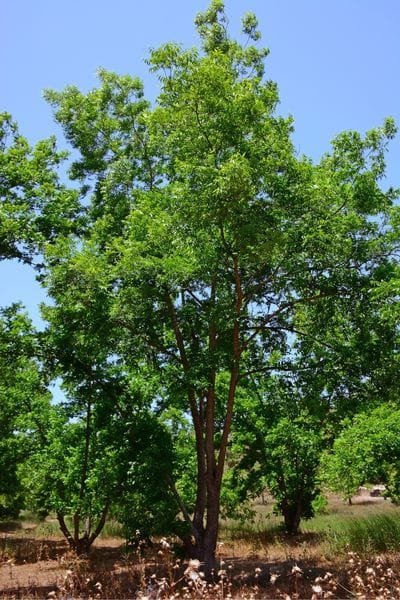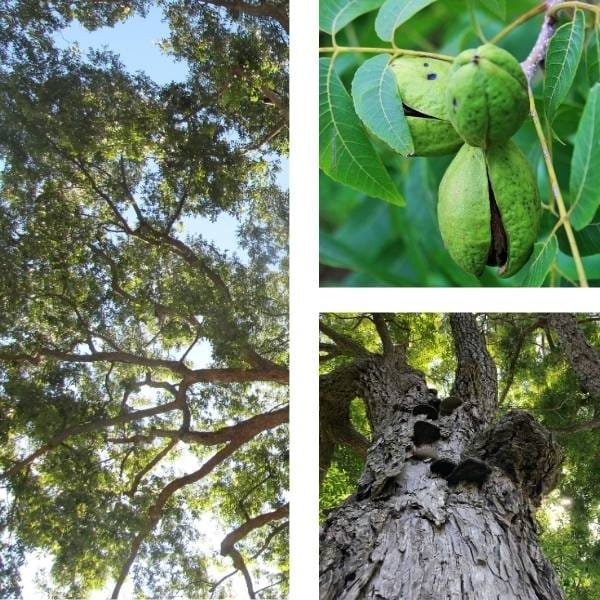- (210) 818-8744
- Boerne, TX and the surrounding areas
Benefits | Landscaping | Leaves | Conditions | Flowers | Attributes | Stem
The pecan tree (Carya illinoinensis) is a large, deciduous tree native to North America, particularly Texas. Known for its sweet, buttery nuts, the pecan has cultural, ecological, and economic significance. It thrives in fertile, well-drained soils and provides both shade and food for wildlife. The tree produces small, wind-pollinated flowers in spring, which later develop into the beloved pecan nuts. With a long lifespan, it plays a vital role in local ecosystems and agriculture, making it a cherished symbol of Texas and other southern regions.


At Blades of Glory, we specialize in landscape installation, lawn care, landscape lighting, sod installation, landscape design, irrigation repair and install, and masonry. We provide landscaping assistance for both Residential and Commercial landscaping projects.
© 2024 Blades of Glory Landscaping Service LLC — ALL RIGHTS RESERVED